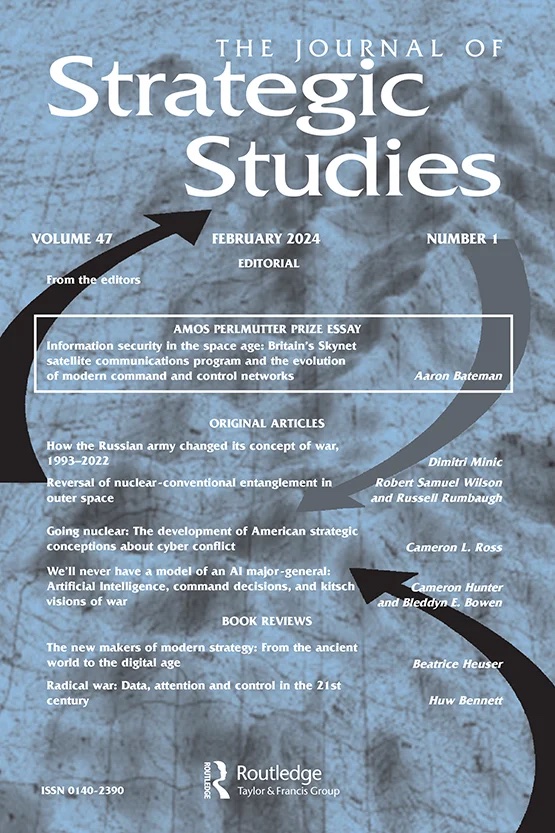Frontiers New and Old: Russia’s Policy in Central Asia

For much of the post-Soviet period, Central Asia has been a backwater of Russian foreign policy. But things are changing. Circumstances in and beyond the region are driving a more committed approach in Moscow.
Central Asia is critical to Putin’s aim of establishing Russia as the leading player in the Eurasian Heartland, and as an ‘independent’ center of global power alongside the United States and China. While there is no serious intention to revive the USSR, the Kremlin is keen to ensure a primary right of influence over the affairs of the ex-Soviet republics.
However, there are numerous obstacles in the way of such ambitions. Central Asian states such as Kazakhstan and Uzbekistan are no longer passive objects of Great Power diplomacy, but increasingly assertive actors. The United States will remain a key player in the region, even after the withdrawal of NATO combat troops from Afghanistan. And China is translating its powerful economic influence into a broader strategic presence. Despite the fanfare surrounding the Eurasian Union, Moscow’s position is weakening. Its capacity to dictate to others is significantly reduced, competition is greater, and the threats to Russian security are proliferating. Moscow faces a hard struggle if it is to avoid a sharp decline of its influence in Central Asia.
Download the full analysis
This page contains only a summary of our work. If you would like to have access to all the information from our research on the subject, you can download the full version in PDF format.
Frontiers New and Old: Russia’s Policy in Central Asia
Related centers and programs
Discover our other research centers and programsFind out more
Discover all our analysesRussia's Asia Strategy: Bolstering the Eagle's Eastern Wing
Among Russia’s strategic priorities, Asia traditionally played a secondary role compared to the West. In the mid-1990s, then Foreign Minister Yevgeny Primakov initiated a rapprochement with China and India. Then, in 2014, deteriorating relations between Russia and the West prompted Moscow to begin its “great pivot to the East”.
Kazakhstan After the Double Shock of 2022: Political, Economic and Military Consequences
The year 2022 represented a dual shock for Kazakhstan. In January, the country faced its most severe political crisis since independence, followed in February by Russia’s full-scale invasion of Ukraine, which cast uncertainty over the borders of post-Soviet states. These consecutive crises profoundly shaped Kazakhstan’s domestic and foreign policy.

How the Russian Army Changed its Concept of War, 1993-2022
The traditional and high-intensity war that has occurred in Ukraine since Russia decided to invade raises a key issue: did post-soviet Russian strategic thought really prepare Russia for waging this war?
Russia's Nuclear Deterrence Put to the Test by the War in Ukraine
From the outset of its “special military operation” (SVO) against Ukraine on February 24, 2022, Russia, which possesses one of the world’s largest nuclear arsenals, has adopted aggressive deterrence measures and a resolutely menacing rhetorical stance.











